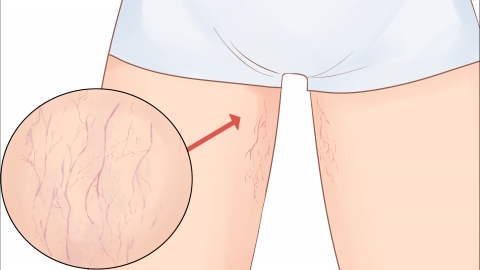How effective is photorejuvenation for removing red blood vessels?
Generally, the effect of photorejuvenation on removing red blood vessels is quite noticeable. The specific analysis is as follows:

Photorejuvenation utilizes intense pulsed light emitted by a photorejuvenation device that targets the skin tissue. The light can penetrate deep into the skin and directly act on the areas with visible blood vessels. The photothermal effect generated by the light within the deeper layers of the skin stimulates the production of subcutaneous collagen and fibrous tissue, enabling the rearrangement of elastic fibers. These physiological changes aid in alleviating, and even eliminating, the symptoms of visible blood vessels, restoring the skin to its normal color. Additionally, photorejuvenation produces a photochemical effect that helps restore the skin's original elasticity and stimulates fibroblast precursor cells to secrete more collagen. These effects further enhance the overall health of the skin, contributing to the improvement of visible blood vessels.
Photorejuvenation can precisely target areas with visible blood vessels, effectively improving symptoms through photothermal and photochemical effects, and restoring the skin's healthy condition. During photorejuvenation treatment for visible blood vessels, normal skin tissue is typically not damaged, thus ensuring a high level of safety. After treatment, the skin may experience mild redness, swelling, or discomfort, but these effects are temporary and quickly subside. Moreover, the improvement of visible blood vessels after photorejuvenation treatment usually lasts for a prolonged period.
After treatment, the skin tends to become more sensitive, so proper skincare is necessary to avoid direct sunlight exposure and the use of irritating skincare products. At the same time, sufficient rest should be maintained while strenuous exercise should be avoided to prevent interference with the treatment outcomes.






